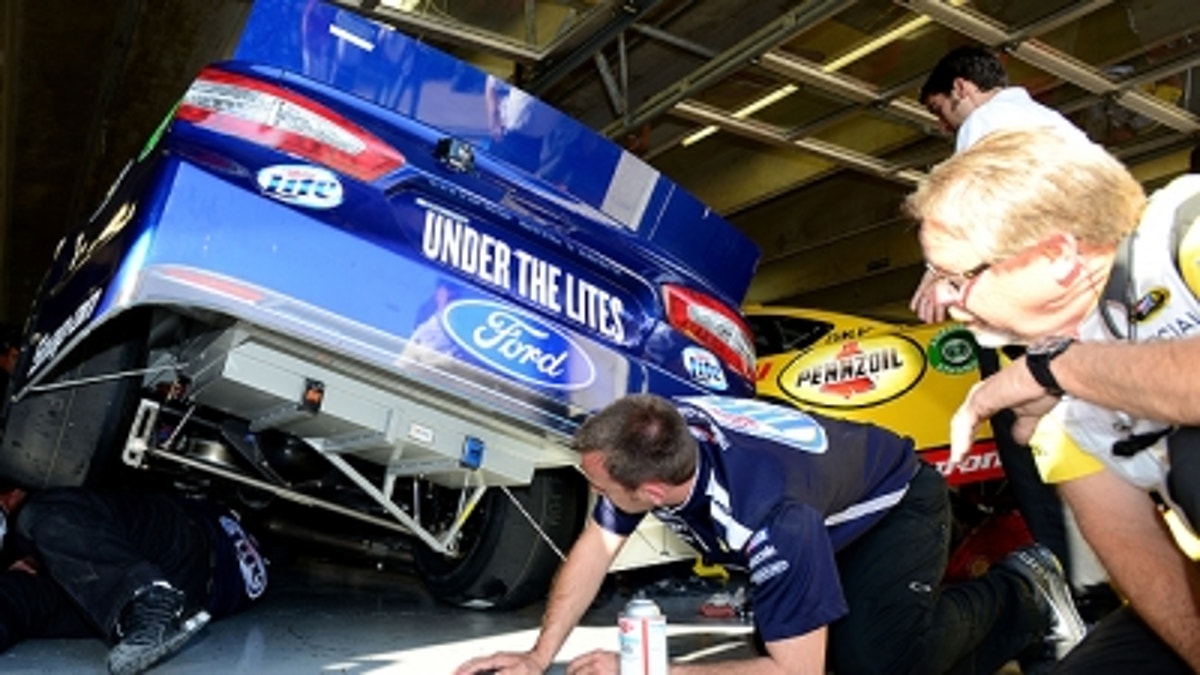
A lot of folks have asked me after the Texas race weekend “How do you go through the multiple NASCAR inspection process that they have in place and be OK in one place but then not OK in another?” Well, every now and then NASCAR will give one area a little more scrutiny than they did the first time by.
Also don’t lose sight of the fact that through the process of all the practices, you work on a car and make adjustments. Sometimes after all those changes, you find yourself exceeding the tolerances set out by NASCAR. The truth of the matter is, you as a team may not even be aware of it until you go back through the inspection process.
And keep in mind we are talking very minor changes, but the tolerances given by NASCAR are that tight. With all the changes you make during the various practices, with guys changing this and guys changing that, you can at times find yourself on the wrong side of that line. You then have to pull it back in within the parameters of the tolerances.
There have been several cars I have witnessed, besides the No. 22 car, that have gone through the laser-alignment only to find the changes they made have skewed the car outside the tolerances that NASCAR permits. These adjustments are quickly remedied but they really do happen on a regular basis.
We are talking really small, finite adjustments. They usually are taken care of in the initial inspection to get on the race track, or the inspection for qualifying or the final one you go through prior to the race. The only one you really don’t have a chance to make adjustments on is obviously the post-race inspection. That’s the final stamp of approval from NASCAR that you were within the guidelines when the race started and still within them after the race is over.
So NASCAR has a very intricate and serious process of validating that the competitors are all within the NASCAR regulations when they take the green and checkered flag.
